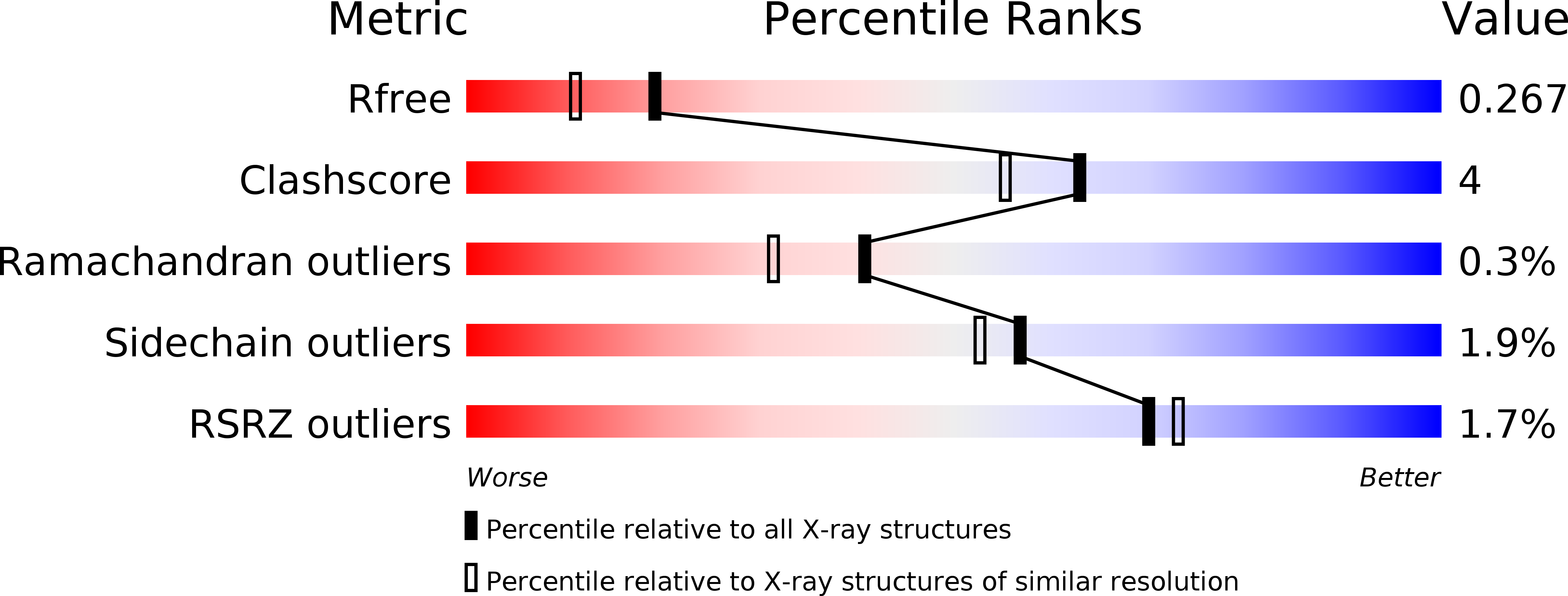
Deposition Date
2013-04-05
Release Date
2013-09-18
Last Version Date
2024-02-28
Entry Detail
PDB ID:
4K1P
Keywords:
Title:
Structure of the NheA component of the Nhe toxin from Bacillus cereus
Biological Source:
Source Organism:
Bacillus cereus (Taxon ID: 1396)
Host Organism:
Method Details:
Experimental Method:
Resolution:
2.05 Å
R-Value Free:
0.26
R-Value Work:
0.21
R-Value Observed:
0.21
Space Group:
C 1 2 1


